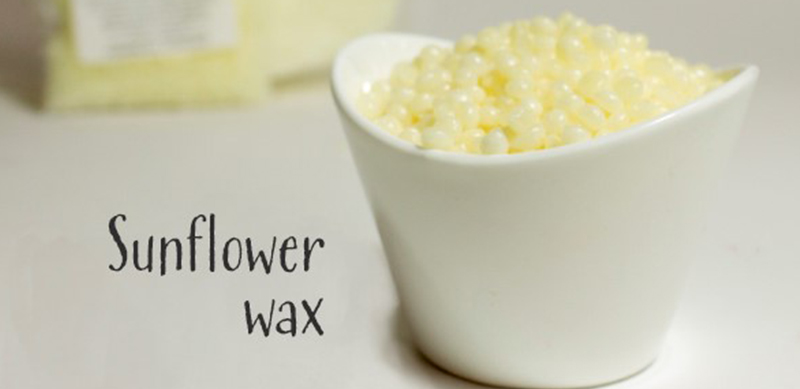Safety Of Pigments
Recently, there have been videos on Youtube where concern is expressed regarding the safe use of pigments as cosmetics.
When things get confusing like this I always suggest people go to the "source" which in the case of the USA would be the FDA (Food and Drug Administration) which regulates cosmetics. The FDA is actually quite approachable by phone. Their phone number is 1-888-723-3366. When you call, ask to speak to someone in the cosmetics division (it defaults to food safety).
While this blog post attempts to answer some of the questions raised on Youtube, I encourage interested parties to contact the FDA directly if they are confused or concerned. If you would like to make corrections or clarifications, please feel free to post.
- One pigment which people have been expressing concern over is Ultramarine Blue. Ultramarine Blue is a pigment approved by the FDA for use in cosmetics, including eye shadows but not include lip products. Here is the specific language at the FDA
- Ultramarine blue for use in cosmetics is synthetic, having been manufactured in the laboratory specifically for use in cosmetics. Natural ultramarines are not used in cosmetics, as the FDA only allows use of synthetic ultramarines (see link above).
- While cosmetic (synthetic) ultramarine blue may look the same as paint-grade ultramarine blue when compared side-by-side, it is not the same product. Cosmetic grade pigments are processed to meet FDA standards with regard to safety (see link above). Industrial grade (or paint grade) pigments are not required to test to this level of safety.
- Because ultramarines are processed using sulphur, they can have an odor (the familiar "rotten egg" smell). The strength of this odor depends on the pH of the product. For example, if you bring ultramarine blue under 6 on the pH scale (toward acid) it lets off sulphur fumes.
- TKB Trading does not sell finished cosmetics (although we do have a little baby cosmetic division we call MyMix Cosmetics, these products are finished cosmetics). TKB sells raw materials which may be used for making cosmetics, soaps, and also we sell products for arts and crafts projects. (In short, we sell colors).
- TKB Trading does not recommend that people use ultramarine blue directly on their eyes as an eye shadow not because it is unsafe, but simply because it would not make for a very good cosmetic. It would be draggy, perhaps too intense, be staining and not adhere over the long term.
- There is no particular FDA restriction related to putting ultramarine blue directly on the eyelid without any other ingredient or texturizer. Note that in the link above, ultramarine blue's use is limited to "amounts consistent with good manufacturing practice". In our understanding, this would allow ultramarine blue to be used at 100% if for some reason someone wanted to do that. Here is an interesting link about Good Manufacturing Practices (GPM) and the FDA.
- Pigments don't dissolve in water, they disperse into it. However cosmetic pigments are often fine enough that you will see them color the water and so they may make you think they are dissolving into it. If you blend ultramarine blue into water it may appear to be dissolving, but if you leave it overnight you will see that the pigment sinks to the bottom like "sand in the ocean" and the water is much less colored looking.
- Blue #1 would dissolve in water, as it is a dye. However, it is also approved for use on the eyes and there is no restriction with it being used at 100%. Here is the FDA link on cosmetic Blue #1.
- TKB Trading sells a color known as Carbon Black. This product is 60% D&C Black #2 and 40% Polyester 3. The purpose of the polyester is partly to encapsulate the color and make it a "jet" black. It is absolutely approved for use in cosmetics, including use around the eyes. Here is a sample formula provided by the manufacturer for a water resistant mascara. Note that the product is made in the USA.
Water Resistant Mascara
Phase A5.00 Stearic Acid
12.00 White Beeswax
9.50 Ozokerite Wax
7.0 Carbon Black
Phase B
58.40 Water
1.00 Glycerol
2.00 DC-193 (Dow Corning)
0.25 Hydroxyethylcellulose
2.00 R-49 Bleached, Dewaxed Shellac (Mantrose-Hauser)
0.10 Phenonip (Clariant)
2.75 Triethanolamine
Procedure: Heat the wax components of Phase A to 65ºC and add
pigment slowly while thoroughly mixing. Hold phase A at 65ºC. In a
separate container, mix Phase B ingredients and heat to 65ºC.
Slowly add Phase B to Phase A using a homogenizer. Package
while still fluid.
If you have any questions, please let me know.


Comments
check out my blog @ beneaththesunn.blogspot.com